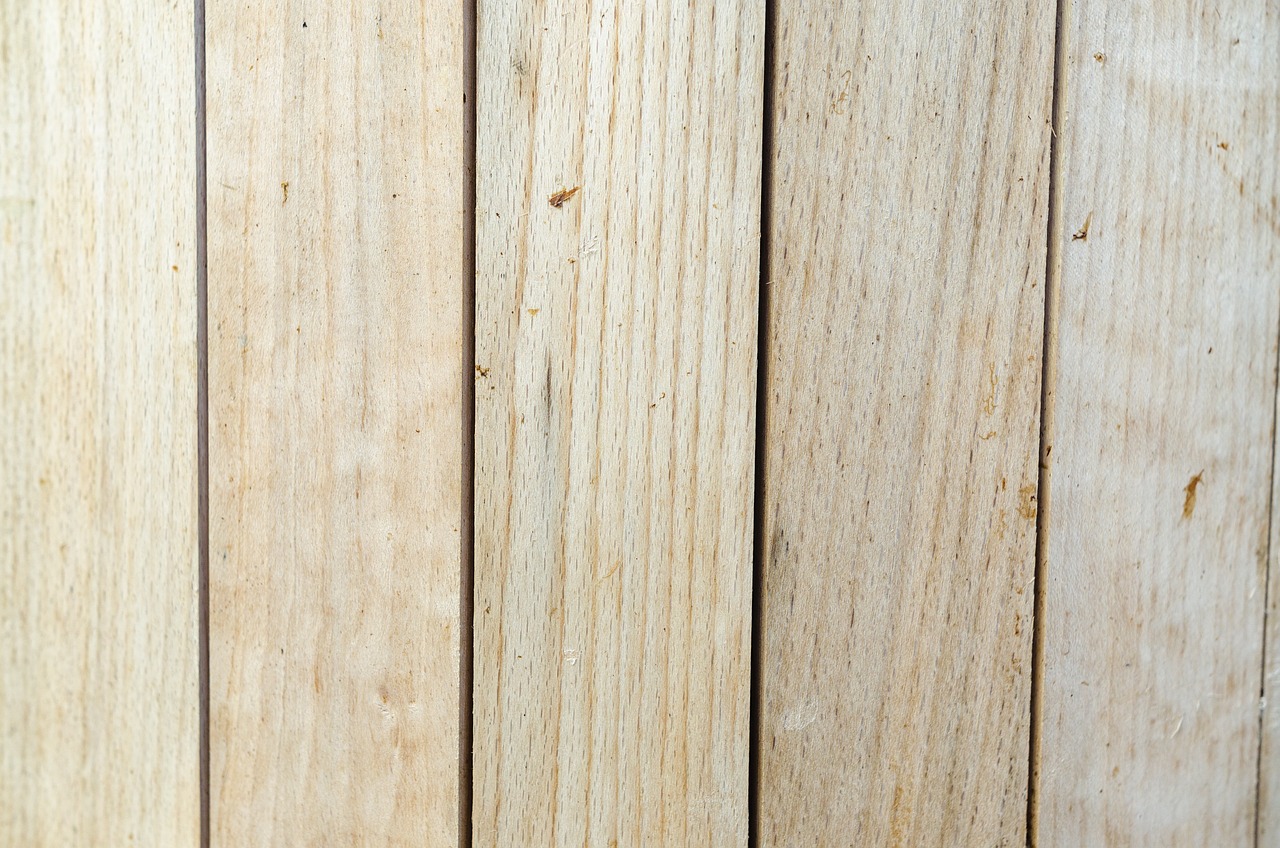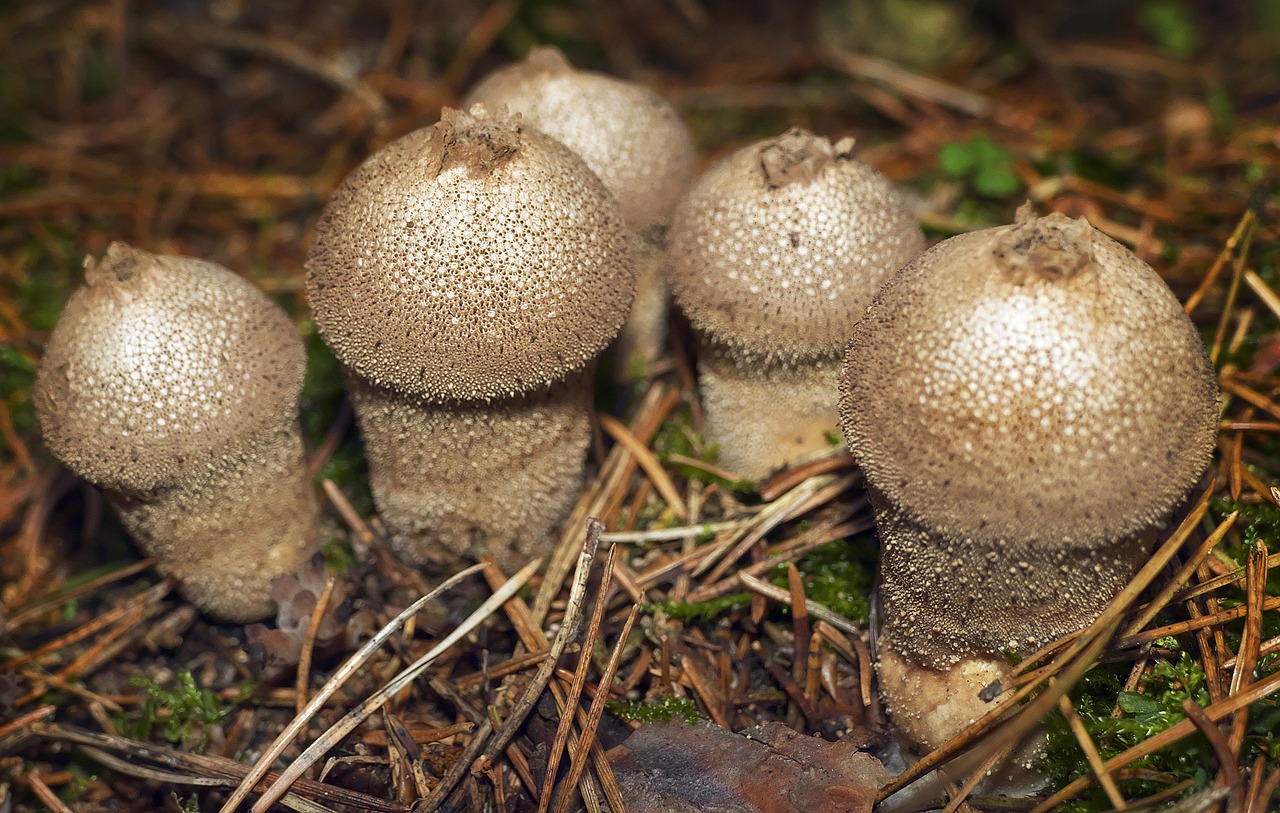Port wine, also known simply as port, is a fortified wine that is produced exclusively in the Douro Valley in Portugal. It is a sweet and rich wine that is often enjoyed as a dessert wine. The production process of port wine is unique and requires a careful combination of traditional methods and modern techniques.
The Vineyards and Grape Varieties
The process of making port wine begins in the vineyards of the Douro Valley. The region is known for its steep terraces and schist soil, which helps to create the unique flavors and characteristics of port wine. The most commonly used grape varieties for port production are Touriga Nacional, Touriga Franca, Tinta Roriz, Tinta Barroca, and Tinta Cão. These grape varieties are carefully selected and grown in the Douro Valley to ensure the highest quality grapes for port production.
Ancient Wine Discovered in Georgia
Grape Harvest and Crushing
The grapes used for making port wine are harvested by hand in the late summer or early fall. Hand harvesting allows for the selection of only the best grapes, ensuring the highest quality wine. After the grapes are harvested, they are transported to the winery where they are crushed. This process allows the juice to be released from the grapes, which will later be fermented to create the base wine for port production.

Fermentation and Fortification
After the grapes are crushed, the juice is fermented in stainless steel tanks. During the fermentation process, yeast converts the sugars in the grape juice into alcohol. For the production of port wine, fermentation is stopped before all the sugars are converted into alcohol, leaving behind a sweet and fruity flavor profile. At this point, the fermentation process is halted by the addition of a neutral grape spirit, commonly known as aguardente. This fortification process preserves the natural sweetness of the grapes and increases the alcohol content of the wine.
Aging and Blending
Once the base wine has been fortified, it is transferred to wooden barrels or stainless steel tanks for aging. Port wine must be aged for a minimum of two years by law, but many port producers choose to age their wines for much longer. The aging process allows the flavors and aromas of the wine to develop and mature, creating a complex and harmonious final product. During the aging process, the wine is periodically tasted and blended with other wines to achieve the desired flavor profile.
Bottling and Maturation
After the aging process is complete, the port wine is filtered and bottled. Some port wines may be fined and/or filtered to remove any sediment, while others may be left unfiltered for a richer and more full-bodied experience. Once bottled, the port wine continues to mature and develop in the bottle, allowing the flavors to further integrate and evolve over time. Port wine has a long aging potential, with some vintage ports reaching their peak after several decades of aging.

In conclusion, the production process of port wine involves careful cultivation, harvesting, fermentation, fortification, aging, and maturation. From the vineyards of the Douro Valley to the bottling and aging cellars, each step in the process ensures the creation of a unique and exceptional wine. The result is a sweet, rich, and complex wine that is enjoyed by wine enthusiasts around the world.

